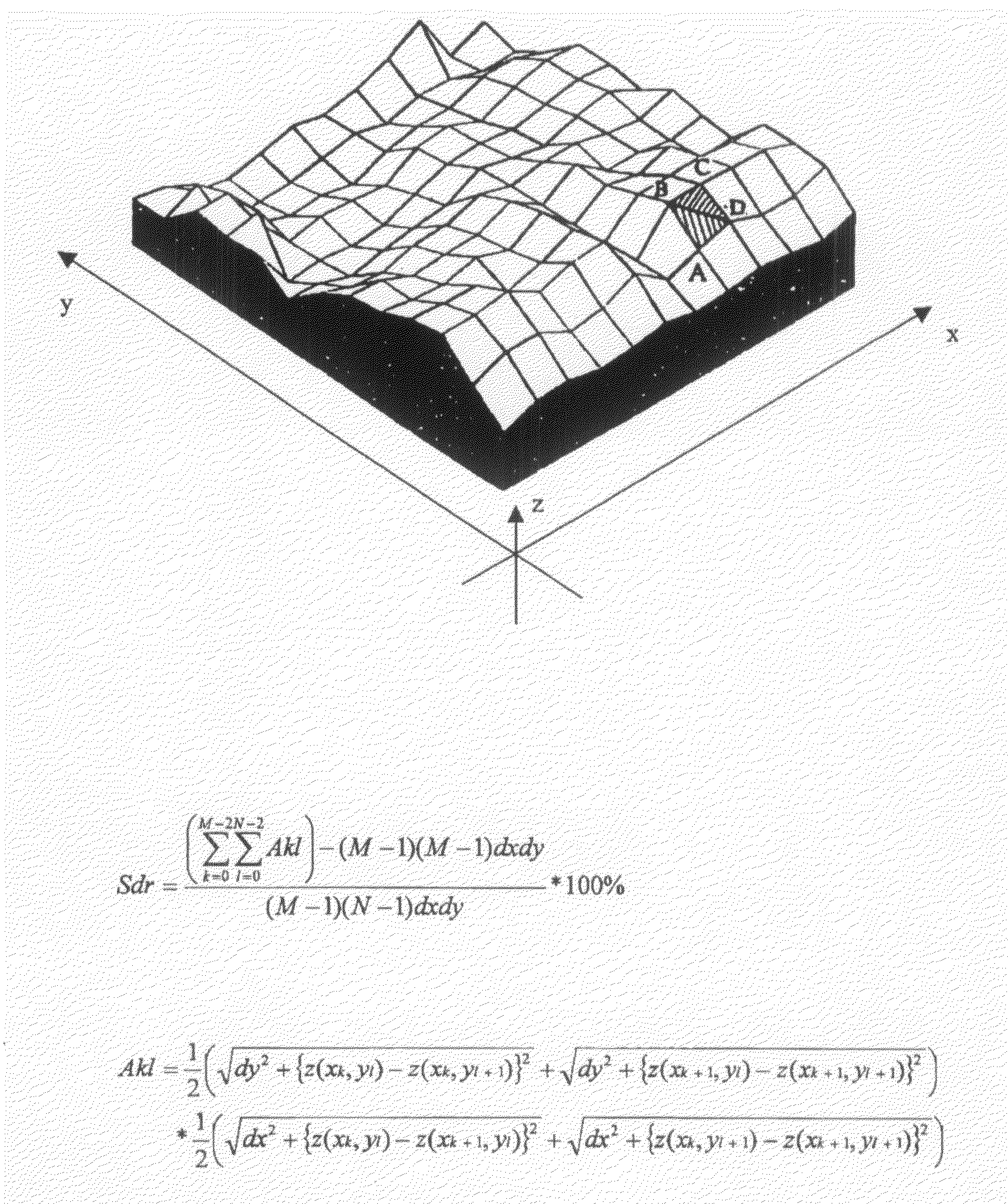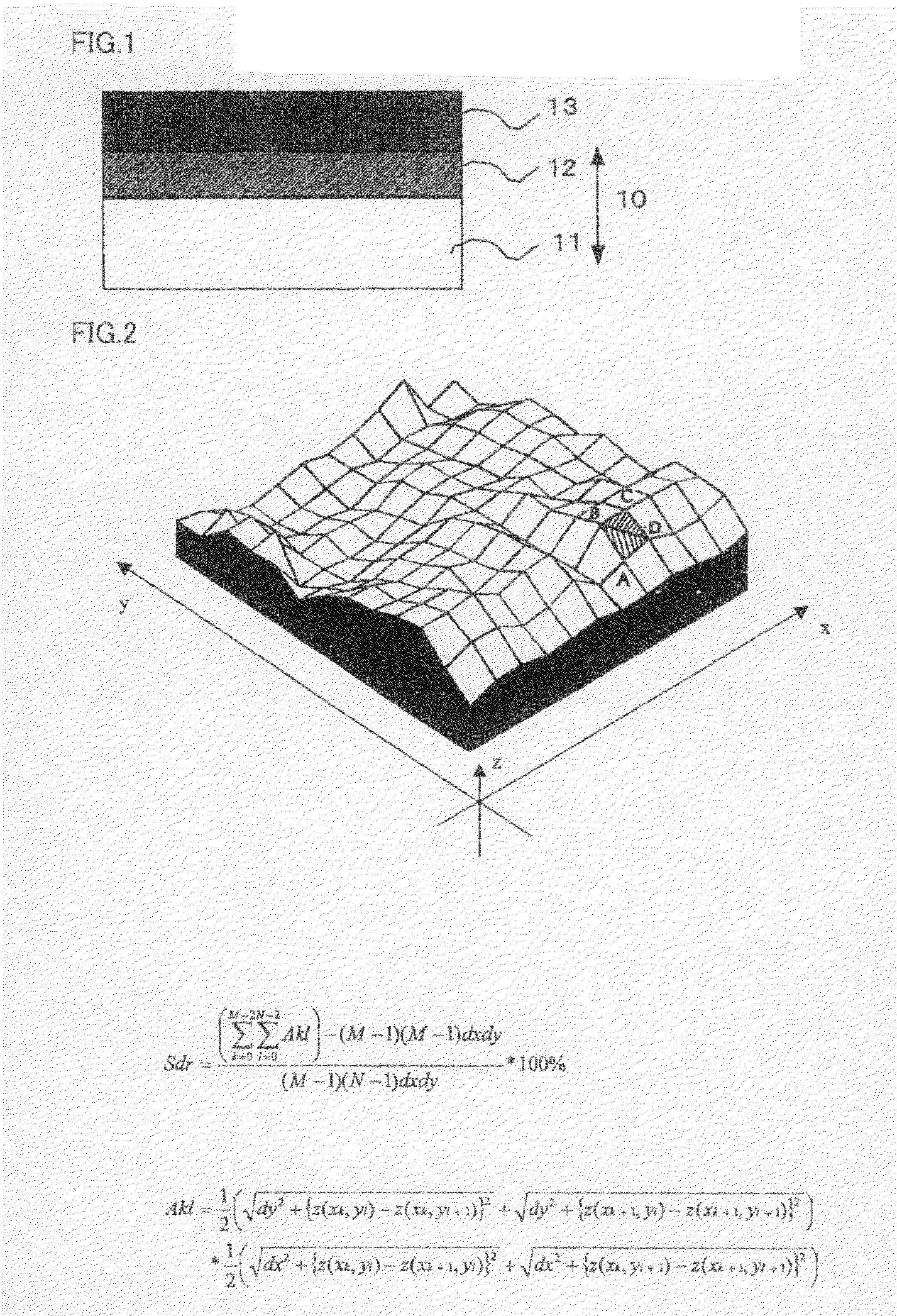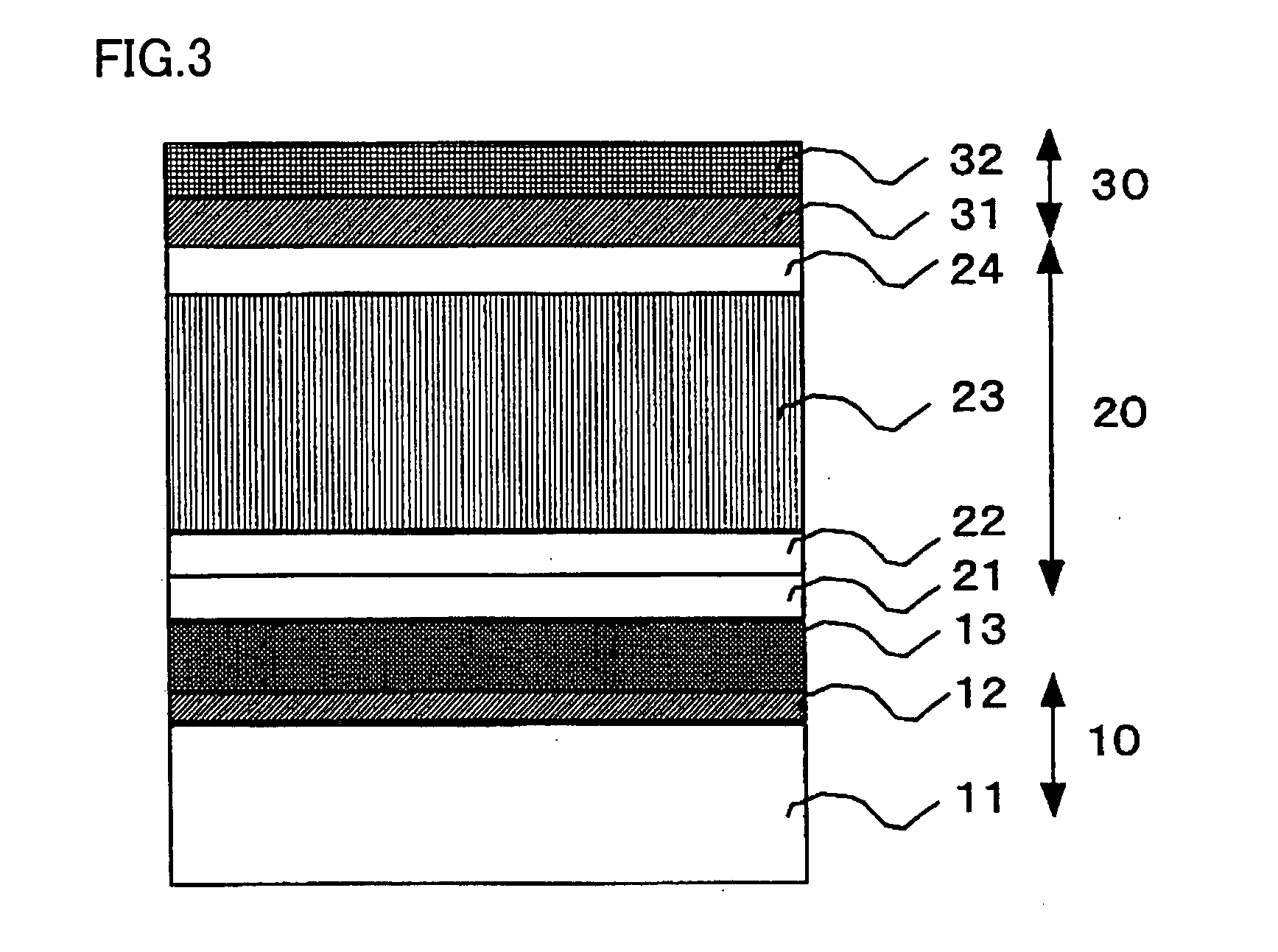Method of Producing Substrate for Thin Film Photoelectric Conversion Device, and Thin Film Photoelectric Conversion Device
- Summary
- Abstract
- Description
- Claims
- Application Information
AI Technical Summary
Benefits of technology
Problems solved by technology
Method used
Image
Examples
example 1
[0051]Initially, zinc oxide film 13 was formed as the transparent conductive film on transparent insulator base 10 that includes transparent ground base 11 of a glass plate and insulating underlayer 12 of SiO2 formed thereon, and its SDR and haze ratio were measured.
[0052]Specifically, transparent insulator base 10 was initially loaded in a film-forming chamber, and then hydrogen and diborane were introduced at 1500 sccm and 500 sccm into the chamber respectively and the insulator base was held for 30 minutes at a deposition temperature of 150° C. Successively, the zinc oxide film was deposited to 1.5 μm thickness under conditions in which vaporized water and diethyl zinc were introduced at 900 sccm and 800 sccm respectively and the pressure in the film-forming chamber was held at 45 Pa. The film thickness was measured with an ellipsometer. The SDR was measured with the AFM and found as 67, while the haze ratio was measured with the haze meter and found as 18%.
[0053]Thereafter, the ...
examples 2 to 5
[0058]Zinc oxide layer 13 deposited on transparent insulator base 10 by the same method as in Example 1 was treated with 1 vol % acetic acid aqueous solution. Here, the time for treatment, which was set to 5 seconds in Example 1, was varied in a range from 10 to 40 seconds. Specifically, the time for treatment with 1 vol % acetic acid aqueous solution was set to 10 seconds in Example 2, 20 seconds in Example 3, 30 seconds in Example 4, and 40 seconds in Example 5. The thin film photoelectric conversion device fabricated on the substrate in each embodiment as above was irradiated with AM 1.5 spectrum at energy density of 100 mW / cm2 and its output properties were measured at a temperature of 25° C. The results are shown in Tables 1, 2 and 3, together with results in Example 1 and Comparative Example 1. Here, Table 1 shows the relation between the time for treatment and variation in the SDR, Table 2 shows the relation between the time for treatment and variation in the haze ratio, and ...
PUM
 Login to View More
Login to View More Abstract
Description
Claims
Application Information
 Login to View More
Login to View More - R&D
- Intellectual Property
- Life Sciences
- Materials
- Tech Scout
- Unparalleled Data Quality
- Higher Quality Content
- 60% Fewer Hallucinations
Browse by: Latest US Patents, China's latest patents, Technical Efficacy Thesaurus, Application Domain, Technology Topic, Popular Technical Reports.
© 2025 PatSnap. All rights reserved.Legal|Privacy policy|Modern Slavery Act Transparency Statement|Sitemap|About US| Contact US: help@patsnap.com



